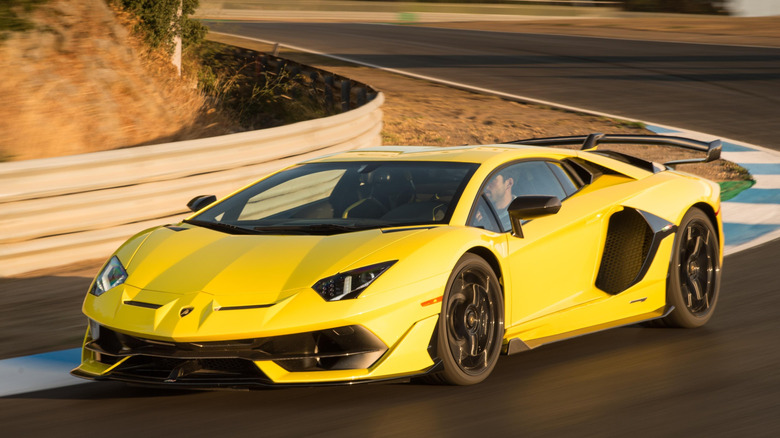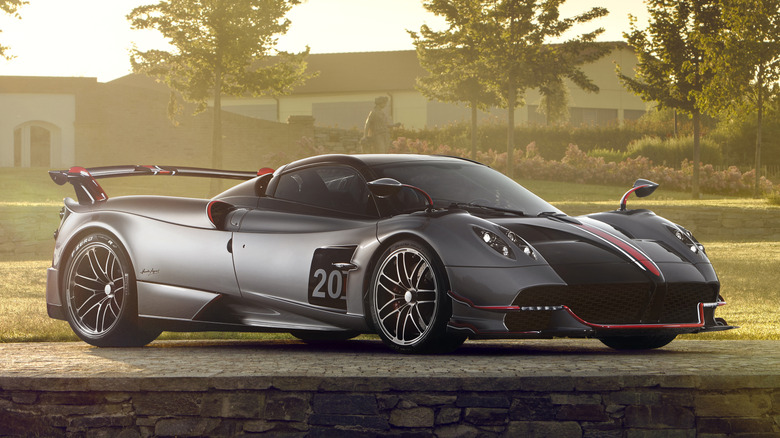Why You Don't See AMTs In The US (And How They Compare To DCTs)
My expertise in automated manual transmissions (AMTs) and dual-clutch transmissions (DCTs) comes from many years of experience in researching and writing about these transmissions for a wide variety of automotive clients. Welcome to my deep dive into these two types of transmissions!
Compared to the better-known fully automatic transmission, which uses a torque converter to shift smoothly with no power interruption, an AMT is simply a manual transmission that eliminates the need for a clutch pedal and can, in some AMTs, shift itself. We rarely see AMTs in the U.S. largely because we have become used to the Detroit-style smooth shifting of a torque converter automatic and are willing to pay a bit extra for it.
AMTs have been used in cars for over 80 years, with examples like the 1942 Hudson offering semi-automatic shifting. AMTs are now found at both the bottom and the top of the market. For inexpensive cars where every penny counts, an AMT is a less expensive option compared to a fully automatic transmission, although shifts can be jerky. AMTs are currently the most common type of automatic transmission used in India. Some fairly recent examples of entry-level cars that use an AMT are the second-generation Smart Fortwo (which has many hidden features), the Citroën C3 SensoDrive, and the Maruti Suzuki S-Presso. At the top end, some exotic sports cars use AMTs to partially automate their shifting capabilities. Two exotics that have used AMTs are the Lamborghini Aventador and the Pagani Huayra BC.
AMTs have some shortcomings that should be noted. Because they are really mechanically actuated manual transmissions, AMTs do not have the ability to "creep" or hold on a hill like an automatic transmission can. Shifting gears can also be a rather jerky experience. Eventually, their actuators can also need repair.
How do AMTs compare to DCTs?
As to how AMTs compare to DCTs, DCTs actually are AMTs, but with much more sophisticated technology. A DCT may feel more like an automatic transmission in terms of the way it drives — it is both easy to use and provides smoother transitions between gears. But inside, a DCT is an AMT at heart, an automated manual transmission with electronic controls that eliminate the traditional "rough spots" that AMTs are typically known for.
Another major difference is that DCTs have two clutches instead of the single clutch found in most AMTs. While one clutch controls the odd-numbered gears, the other controls the even-numbered gears. Combined with the DCT's advanced algorithms, quick, virtually seamless shifts are possible. The DCT's ability to "pre-load" the next gear contributes to the overall smoothness found in a DCT as compared to a conventional AMT.
The primary downside of DCTs is that due to their extreme complexity, they can be unreliable and expensive to repair. Problems can range from wear of their clutches to actuator failure, just as with AMTs.

